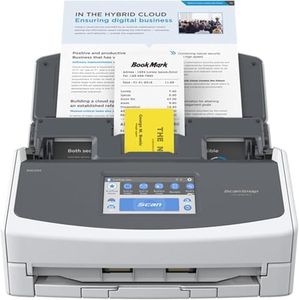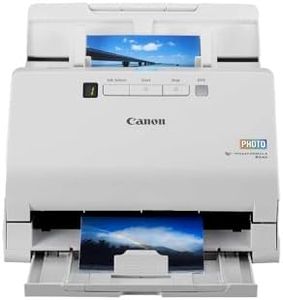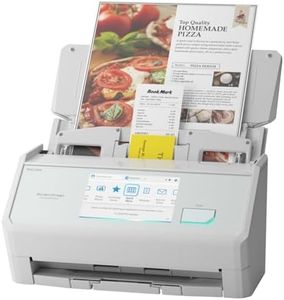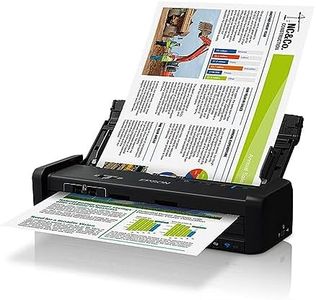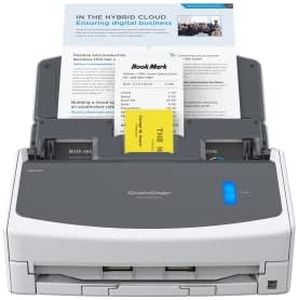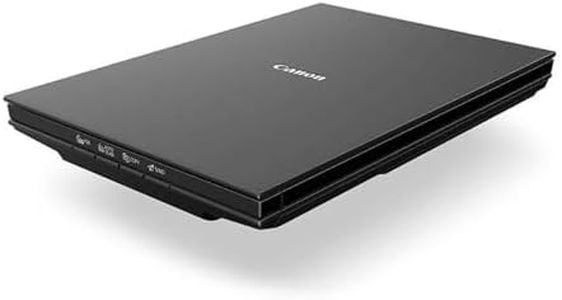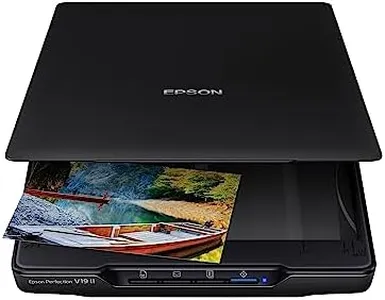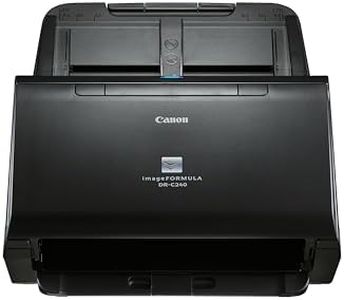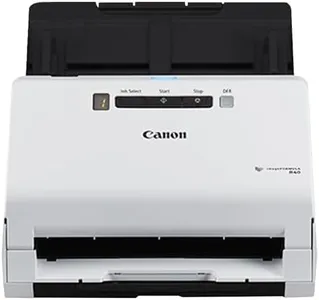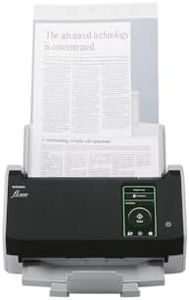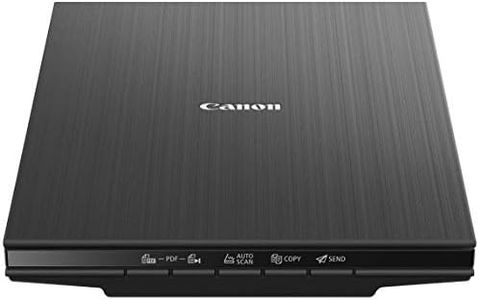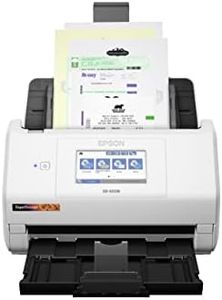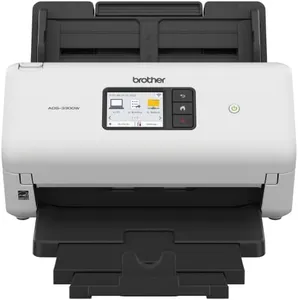We Use CookiesWe use cookies to enhance the security, performance,
functionality and for analytical and promotional activities. By continuing to browse this site you
are agreeing to our privacy policy
10 Best Document Receipt Scanner
From leading brands and best sellers available on the web.Buying Guide for the Best Document Receipt Scanner
Choosing the right document or receipt scanner can make managing paperwork and receipts much more efficient and organized. Understanding what you need the scanner for—like digitizing piles of receipts for accounting, scanning multi-page documents for archiving, or just occasionally saving a contract—will help you sort through all the options. Focus on some key factors that affect usability, speed, and scan quality to make sure you invest in a scanner that truly fits your habits and work style.Scan Resolution (DPI)Scan resolution, measured in dots per inch (DPI), tells you how detailed the scanned image will be. Higher DPI provides sharper images and can be important if you need to capture fine print or images. For receipts or general documents, 300 DPI is usually enough, giving you readable scans and reasonable file sizes. If you often scan photos or need extra detail (like for archiving legal or historical documents), 600 DPI or higher may be worthwhile, but it also means larger files and slower scanning. Choose a scanner with a resolution that matches the detail you need for your typical documents.
Scanning SpeedScanning speed is usually measured in pages per minute (ppm) or images per minute (ipm) and affects how quickly you can process a stack of documents or receipts. For occasional, single-page scanning, speed isn’t critical. If you often need to digitize large batches, such as piles of receipts or multi-page contracts, a faster scanner can save you significant time. Consider your typical load: low speed is fine for home or sporadic use, while high speed is valuable for office or business needs where efficiency matters.
Automatic Document Feeder (ADF)An Automatic Document Feeder allows you to place multiple sheets in the scanner so it can process them in sequence without manual feeding. This is incredibly helpful if you regularly scan batches of receipts, multi-page documents, or want hands-off operation. If you mostly scan one page at a time, you may not need an ADF. However, for users dealing with volume, an ADF can be a major time saver and reduce hassle.
Duplex ScanningDuplex scanning means the scanner can capture both sides of a sheet in a single pass. This feature is essential if you often deal with double-sided documents or want to keep the scanning process fast and simple. For single-sided receipts or documents, duplex scanning doesn't add much value, but for double-sided paperwork, it can seriously boost productivity and prevent missed information.
Connectivity OptionsConnectivity refers to how your scanner links to other devices—whether it connects via USB, Wi-Fi, Bluetooth, or even directly to cloud services. If you’re working in a home office or always scanning to your laptop, USB might be fine. Wireless options or network connectivity add convenience if you want to scan from your phone, share with multiple users, or send scans directly to cloud storage. Think about how and where you’ll use your scanner most to decide which connectivity options fit your workflow.
Software and File CompatibilitySoftware bundled with the scanner determines what you can do with your scanned documents—like organizing receipts, converting to editable PDFs, or exporting to accounting apps. More advanced software helps with organizing, scanning to searchable PDFs, or directly saving to the cloud. Simpler setups may only provide basic scanning. Consider what you plan to do with your digital copies and whether you'll need special functions like OCR (converting images to editable text) or integration with other software.
Scanner Size and PortabilityThe physical size and weight of a scanner can matter a lot depending on how and where you plan to use it. If you want a device you can carry between home, office, or on business trips, a smaller, portable scanner is ideal. For a permanent spot on your desk or heavy daily use, a larger desktop unit might be better. Decide how much space you have and whether mobility is important before choosing.
